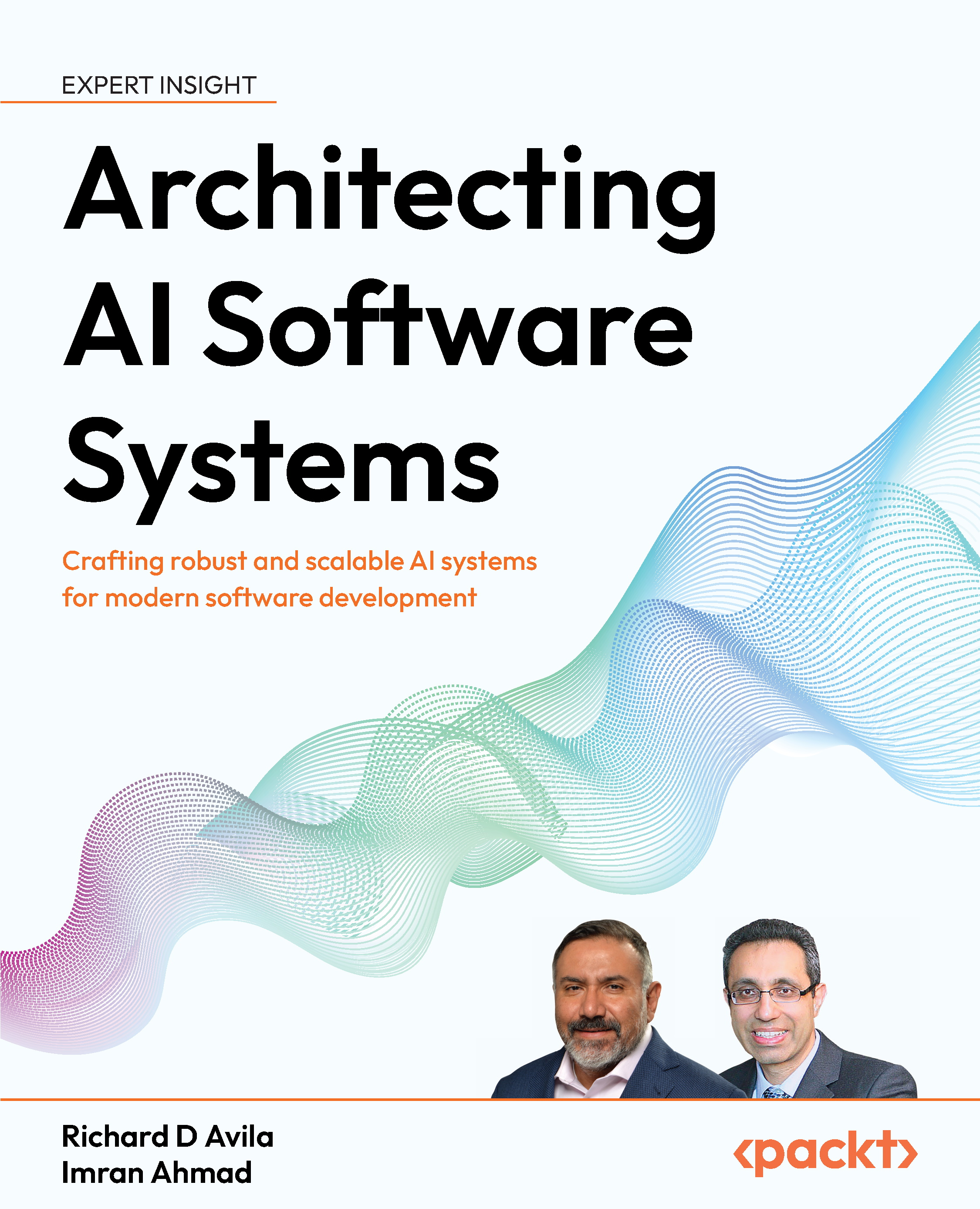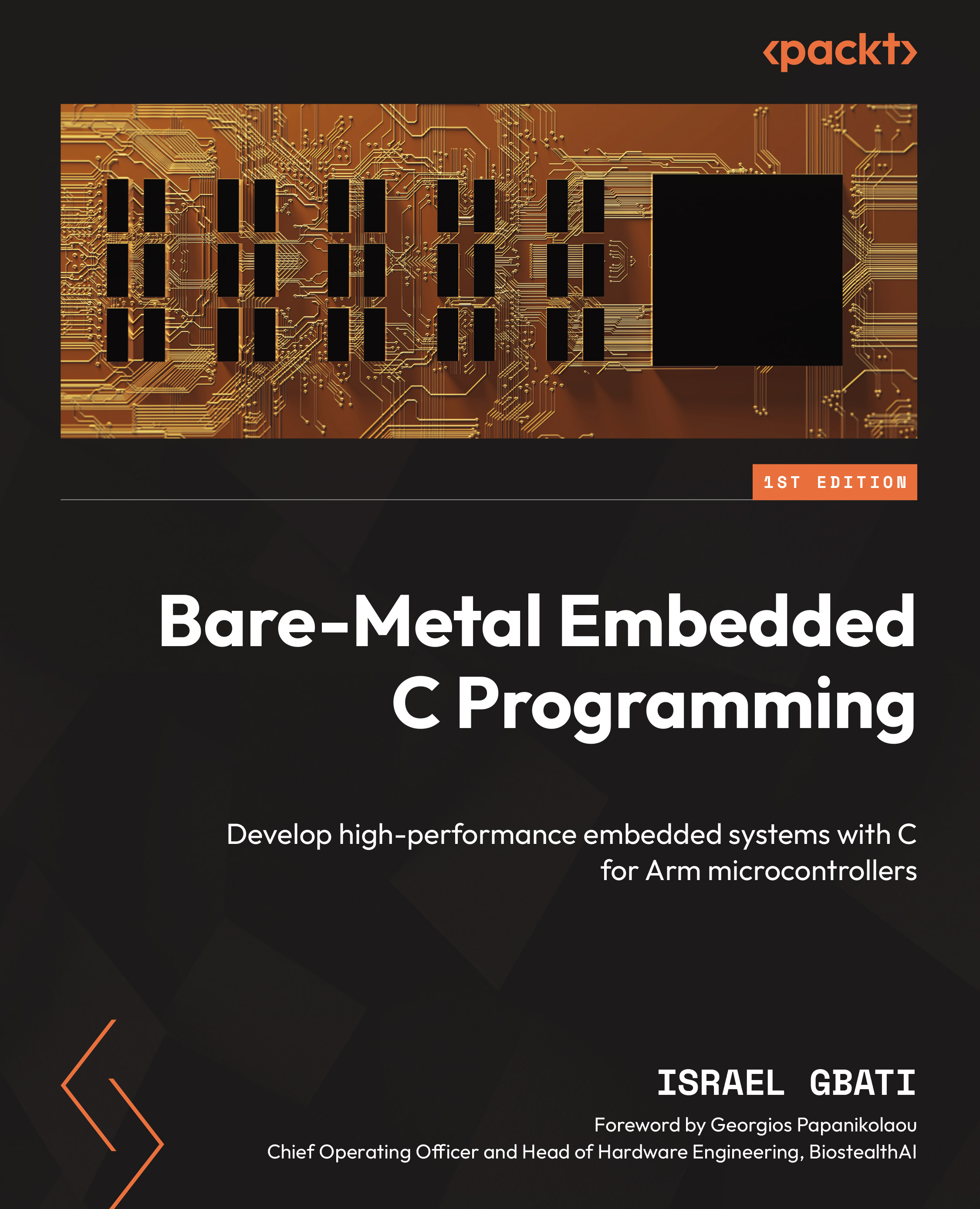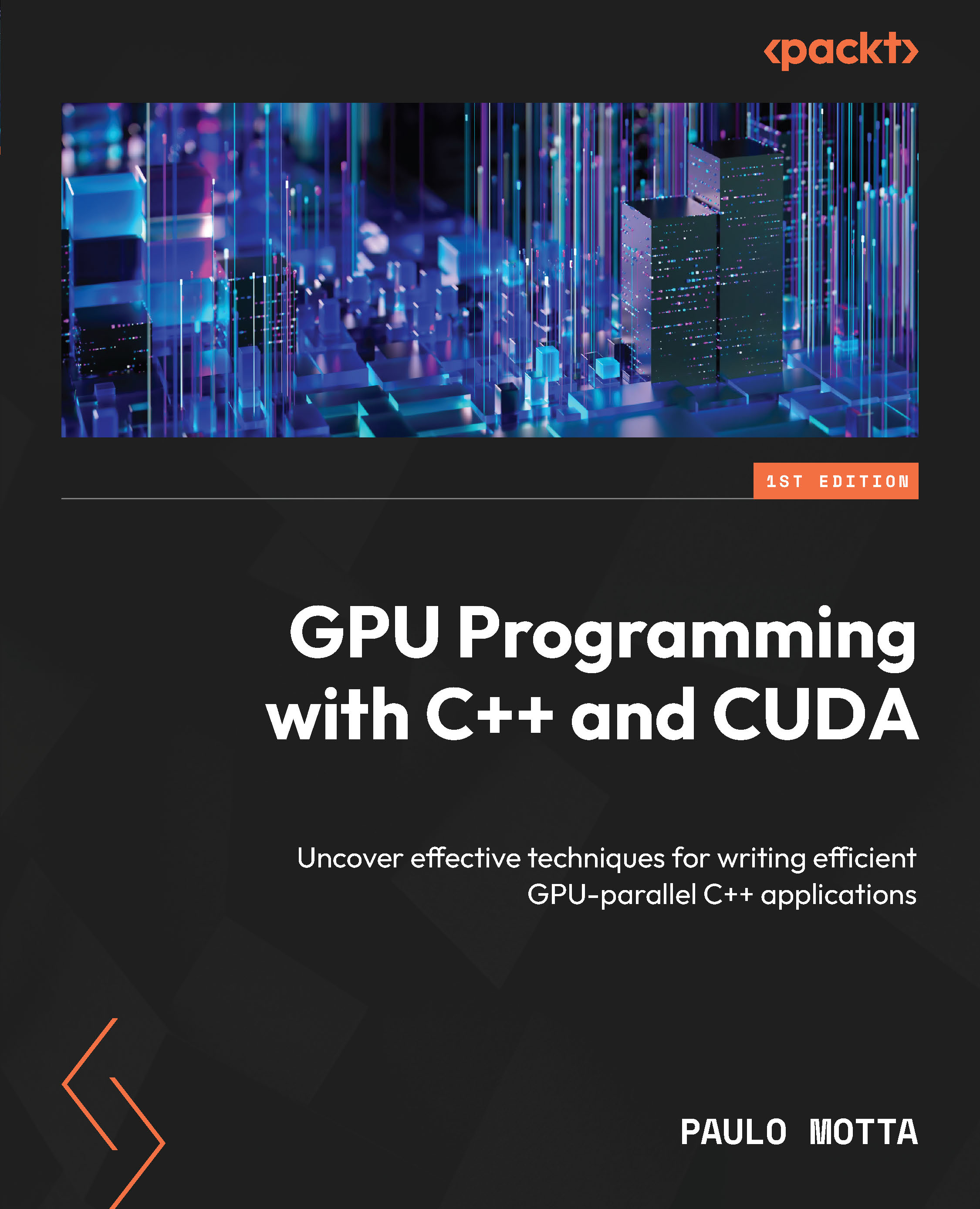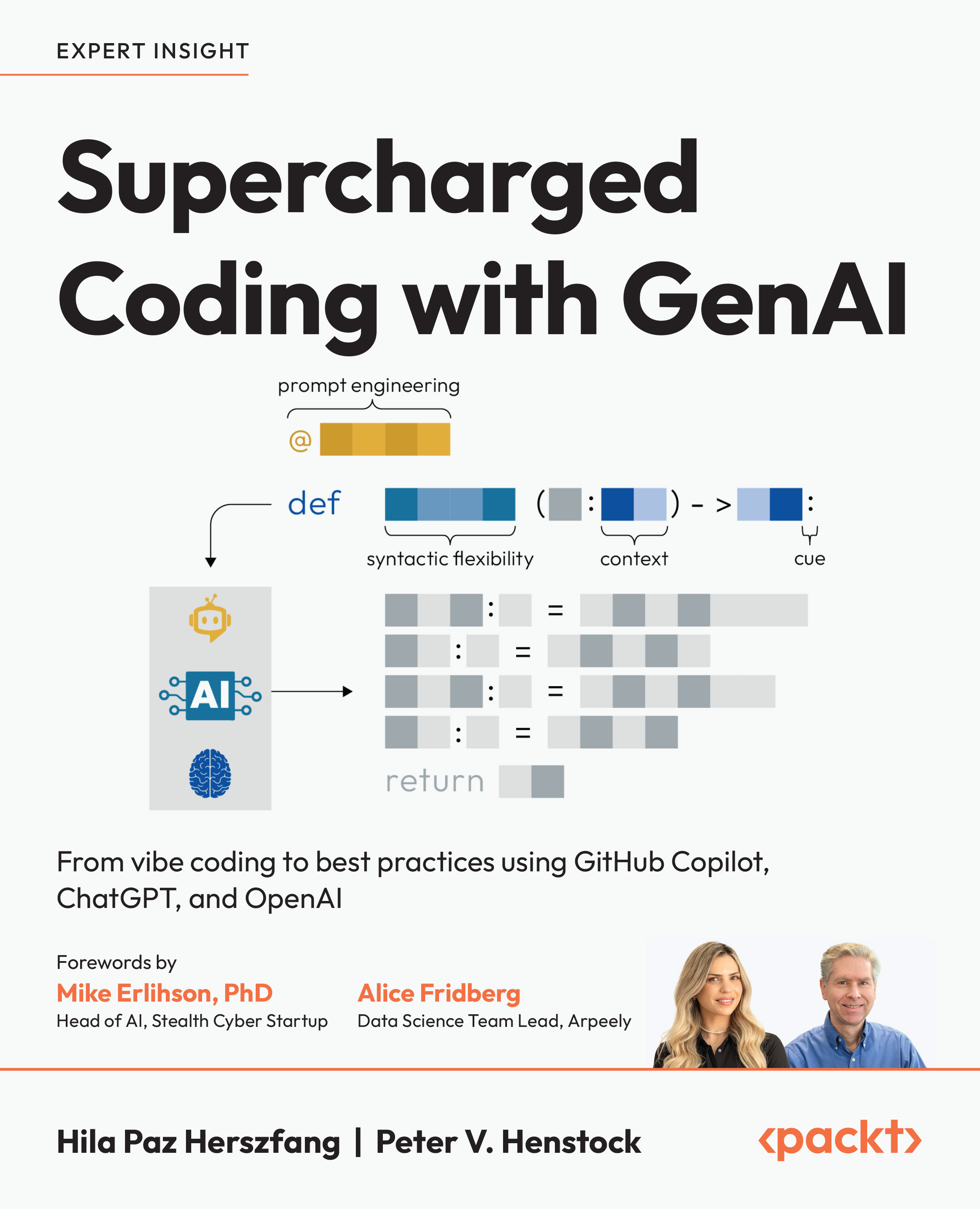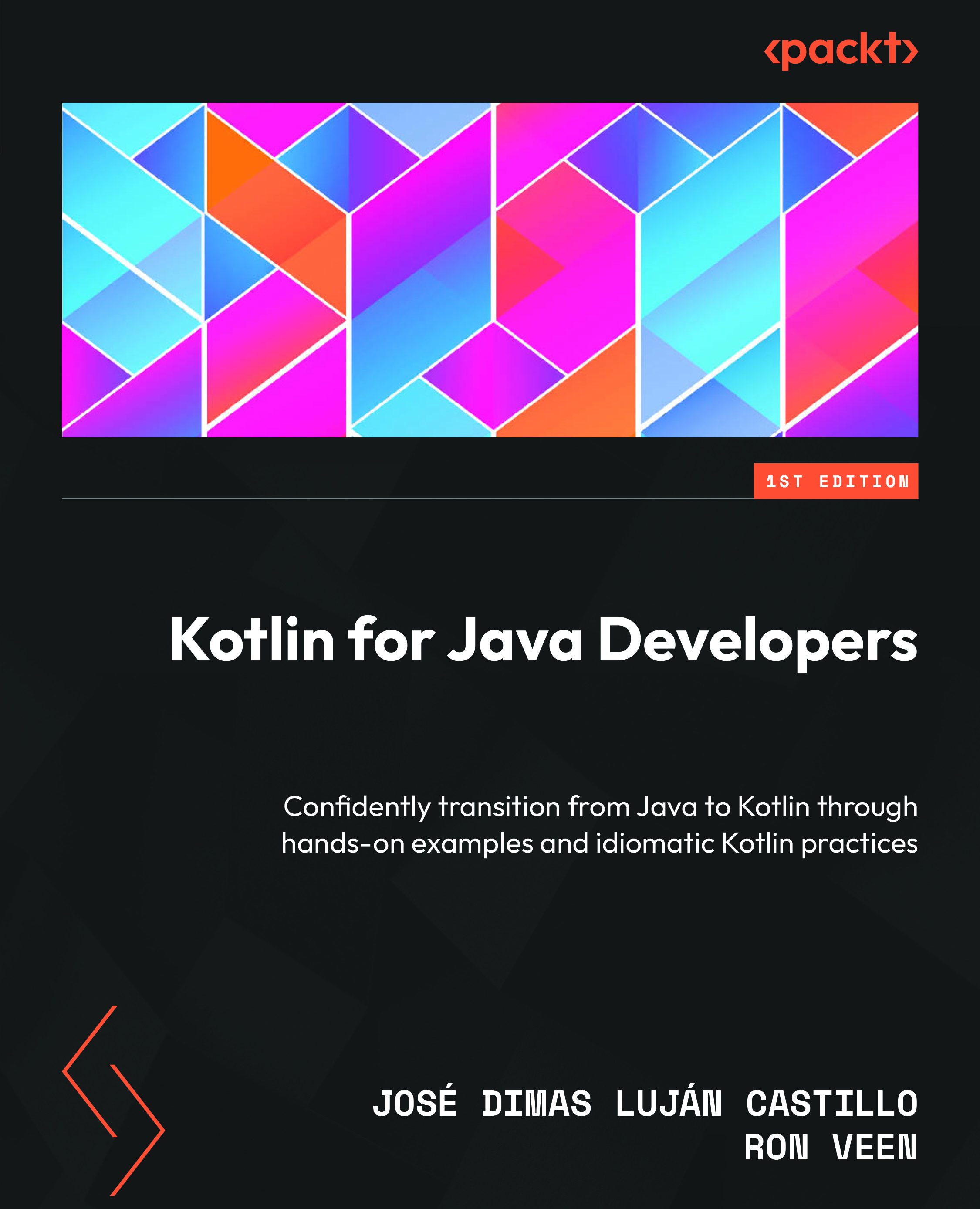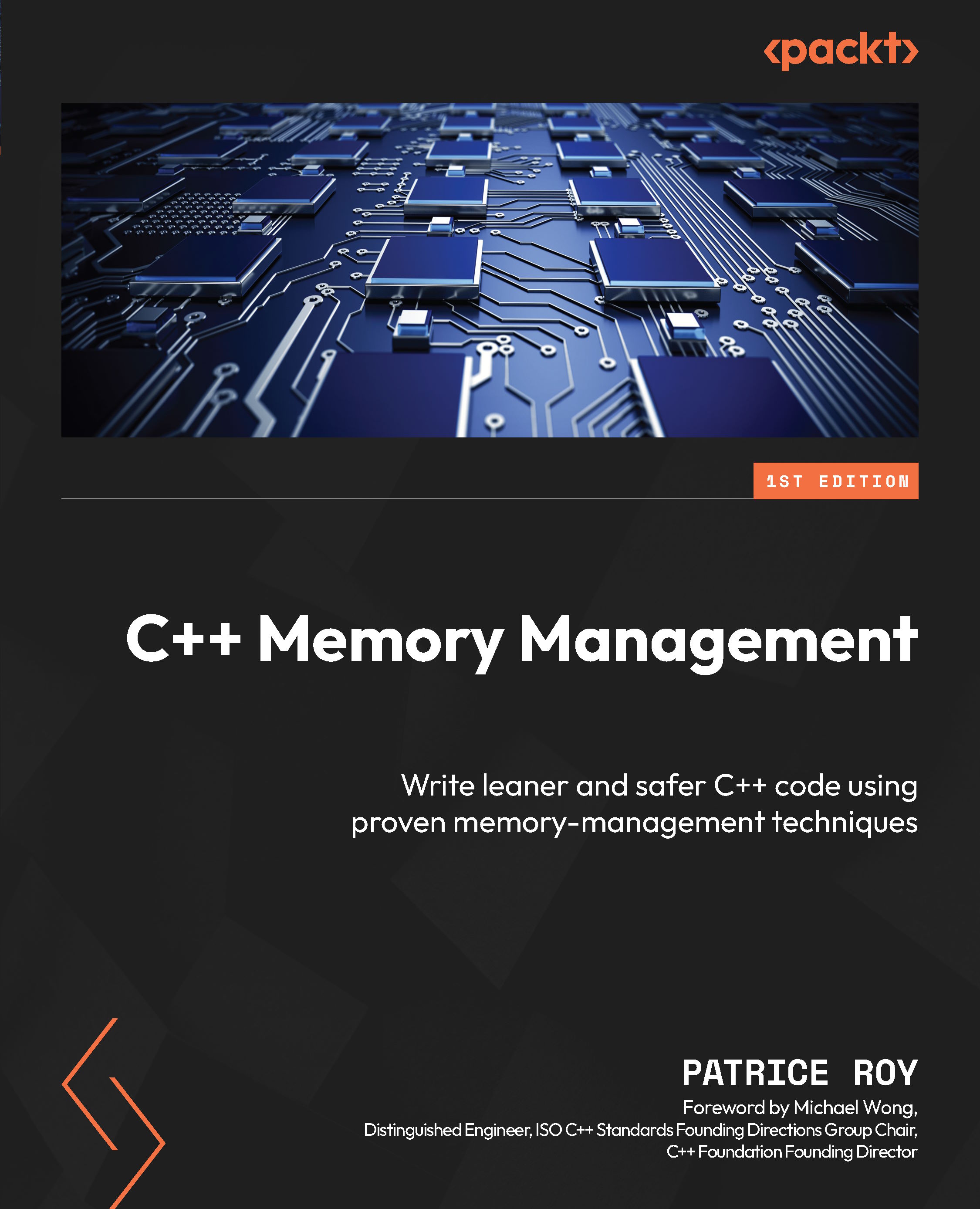Python is often described as Batteries Included programming. Everything required is available directly as part of a single download. This provides the runtime, the standard library, and the IDLE editor as a simple development environment.
It's very easy to download and install Python 3.7 and start running it interactively on the desktop. The example in the previous section included the >>> prompt from interactive Python.
If you're using the Iron Python (IPython) implementation, the interaction will look like this:
In [1]: f = [1, 1, 2, 3]
In [3]: f += [f[-1] + f[-2]]
In [4]: f
Out[4]: [1, 1, 2, 3, 5]
The prompt is slightly different, but the language is the same. Each statement is evaluated as it is presented to Python.
This is handy for some experimentation. Our goal is to build tools, frameworks, and applications. While many of the examples will be shown in an interactive style, most of the actual programming will be via script files.
Running examples interactively makes a profound statement. Well-written Python code should be simple enough that it can be run from the command line.
Good Python is simple. We should be able to demonstrate a design at the >>> prompt.
Interactive use is not our goal. Exercising code from the >>> prompt is a quality test for complexity. If the code is too complex to exercise it from the >>> prompt, then refactoring is needed.
The focus of this book is on creating complete scripts, modules, packages, and applications. Even though some examples are shown in interactive mode, the objective is to create Python files. These files may be as simple as a script or as complex as a directory with files to create a web application.
Tools such as mypy, pytest, and pylint work with Python files. Preparing script files can be done with almost any text editor. It's best, however, to work with an IDE, where a number of tools can be provided to help develop applications and scripts.
 United States
United States
 Great Britain
Great Britain
 India
India
 Germany
Germany
 France
France
 Canada
Canada
 Russia
Russia
 Spain
Spain
 Brazil
Brazil
 Australia
Australia
 South Africa
South Africa
 Thailand
Thailand
 Ukraine
Ukraine
 Switzerland
Switzerland
 Slovakia
Slovakia
 Luxembourg
Luxembourg
 Hungary
Hungary
 Romania
Romania
 Denmark
Denmark
 Ireland
Ireland
 Estonia
Estonia
 Belgium
Belgium
 Italy
Italy
 Finland
Finland
 Cyprus
Cyprus
 Lithuania
Lithuania
 Latvia
Latvia
 Malta
Malta
 Netherlands
Netherlands
 Portugal
Portugal
 Slovenia
Slovenia
 Sweden
Sweden
 Argentina
Argentina
 Colombia
Colombia
 Ecuador
Ecuador
 Indonesia
Indonesia
 Mexico
Mexico
 New Zealand
New Zealand
 Norway
Norway
 South Korea
South Korea
 Taiwan
Taiwan
 Turkey
Turkey
 Czechia
Czechia
 Austria
Austria
 Greece
Greece
 Isle of Man
Isle of Man
 Bulgaria
Bulgaria
 Japan
Japan
 Philippines
Philippines
 Poland
Poland
 Singapore
Singapore
 Egypt
Egypt
 Chile
Chile
 Malaysia
Malaysia




